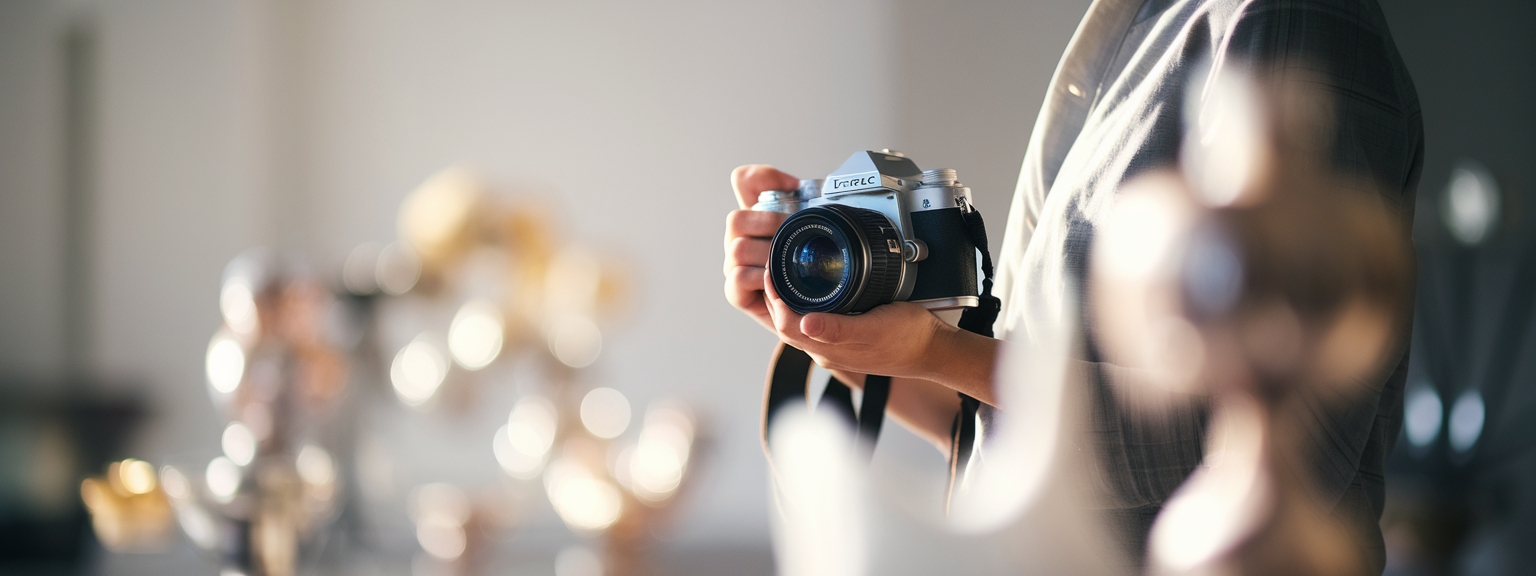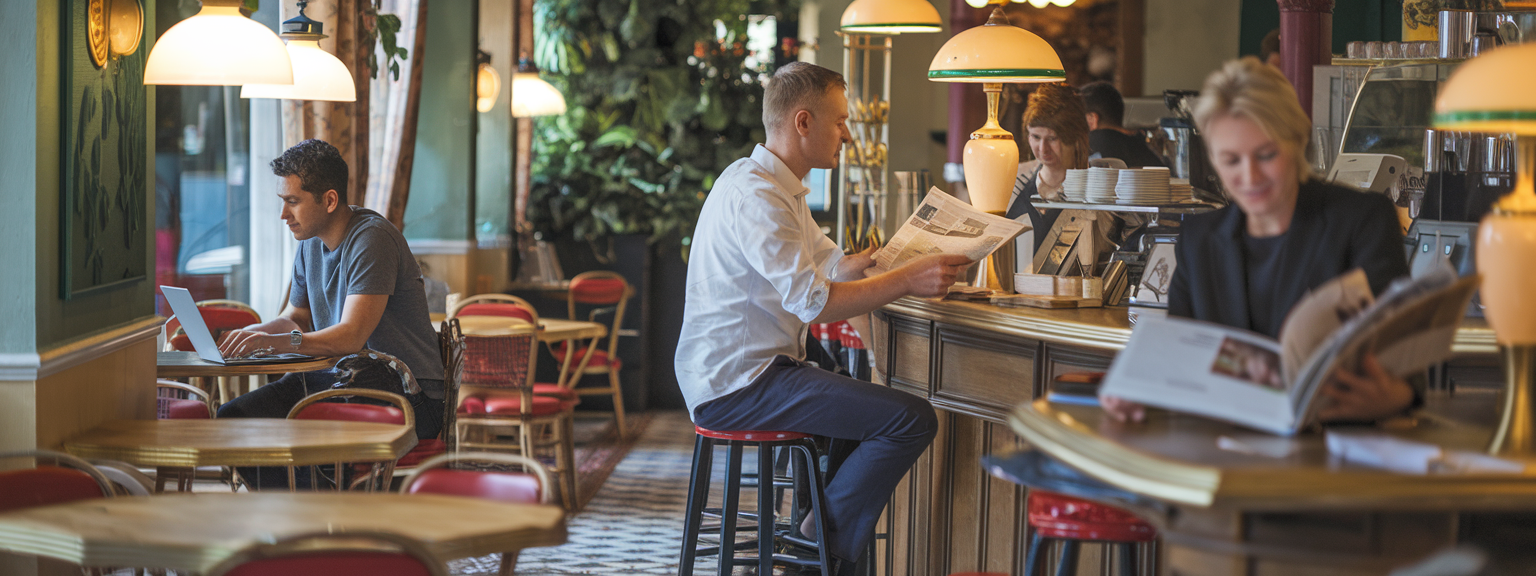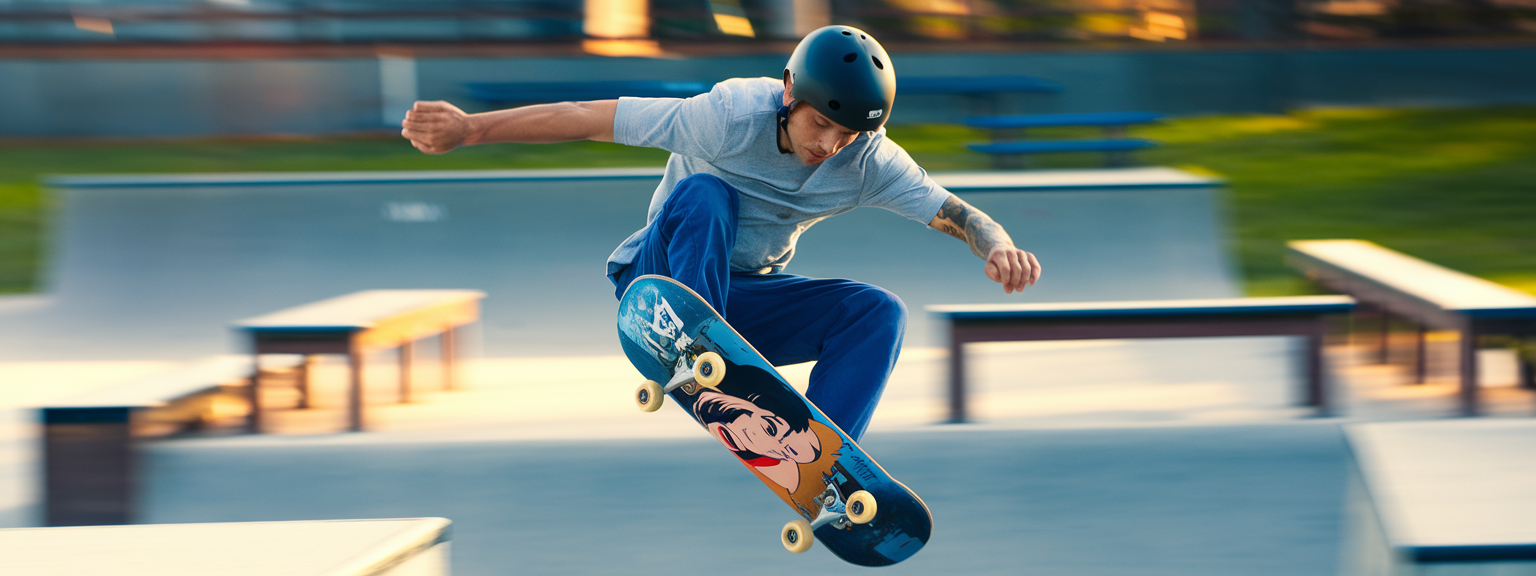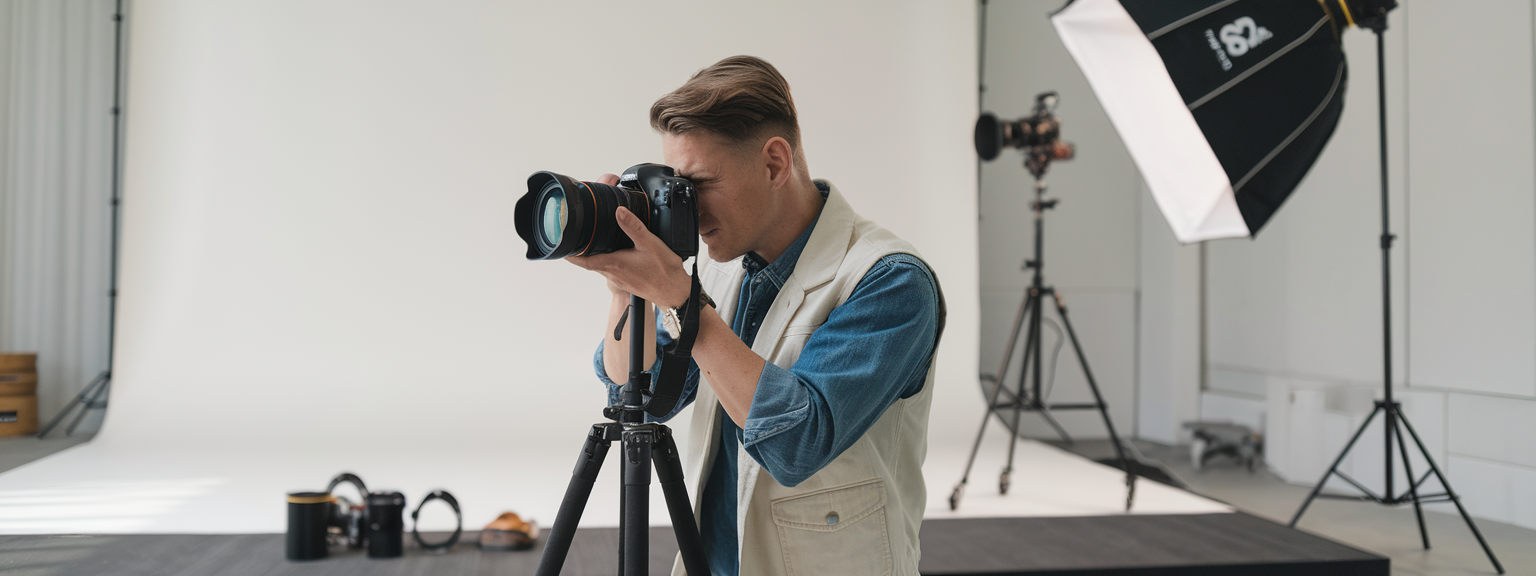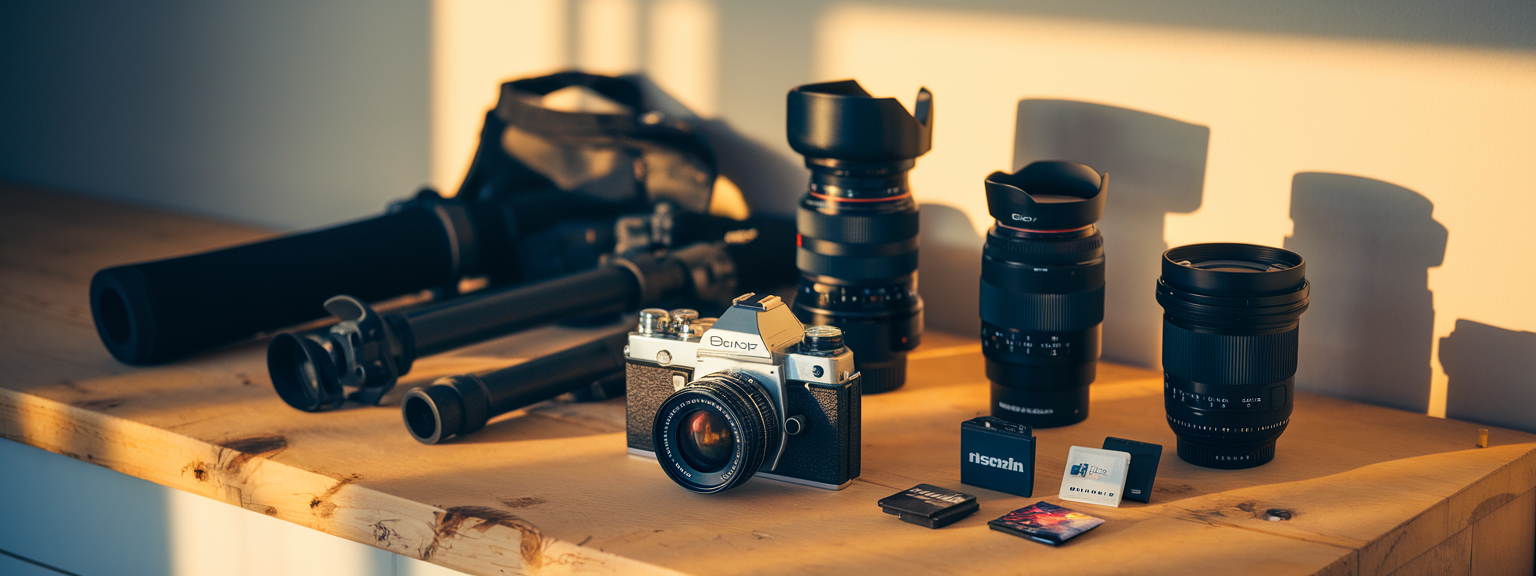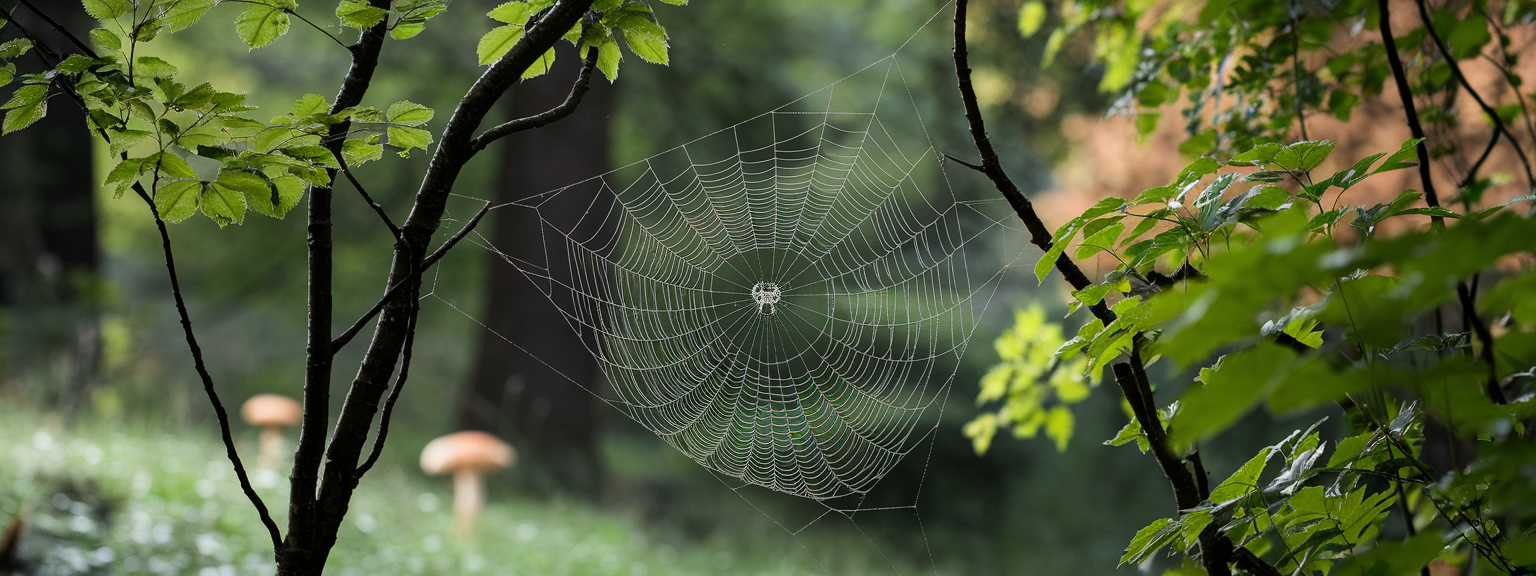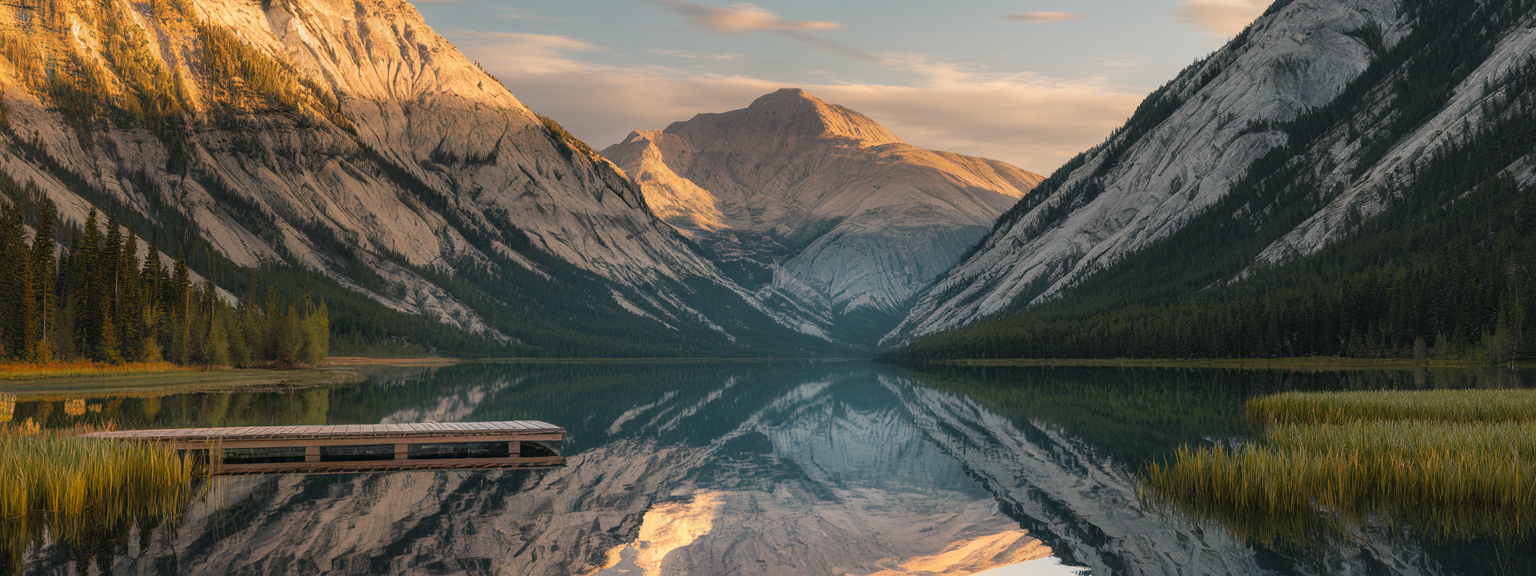Sports Photography Masterclass: Capture Action Like a Pro
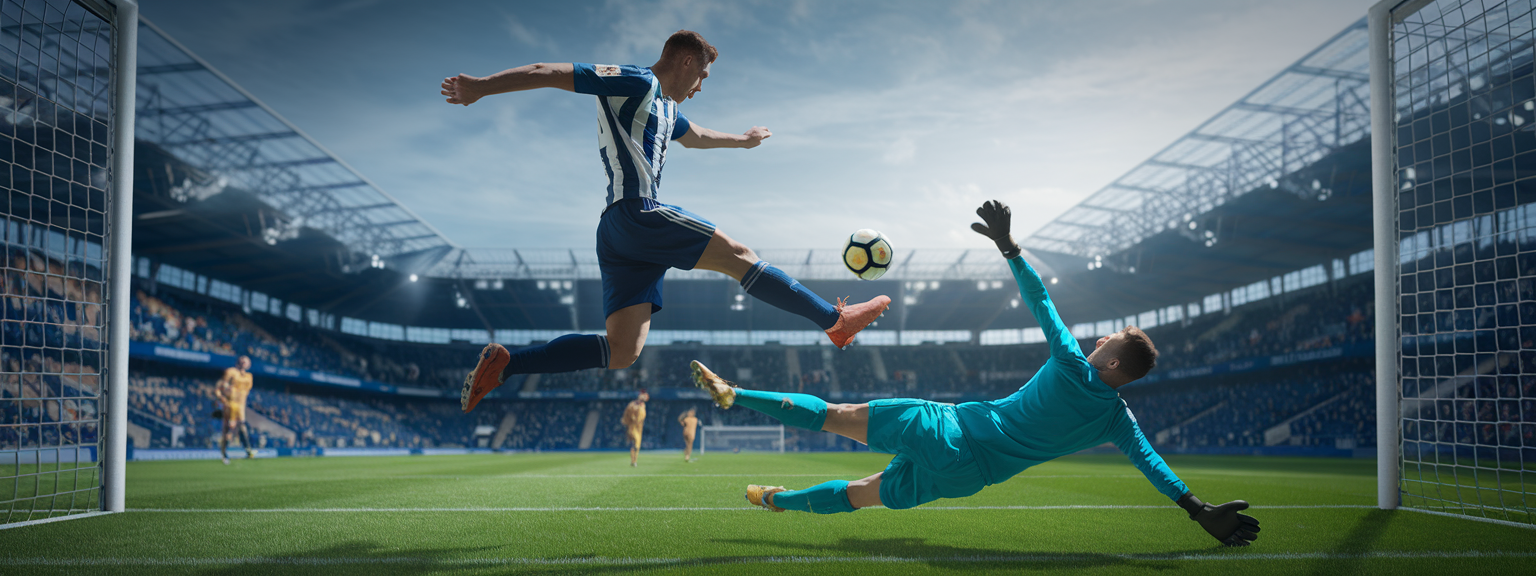
Sports photography demands preparation, timing, and technical control. In this masterclass you will learn practical workflows for action photography and athletic photography. The guide covers pre-event planning, camera settings like fast shutter speed and aperture, autofocus tracking strategies, telephoto lens choices, and burst mode tactics. Read on to build repeatable routines that increase your hit rate during high-pressure moments.
📝 Step-by-Step Guide: Sports Photography Techniques
1. Pre-event planning and reconnaissance
Preparation reduces mistakes and improves creative decisions. Research the sport to understand typical action zones and pacing. Identify light sources and potential backlight. Visit the venue early when possible. Scouting lets you pick angles that avoid clutter and light poles behind athletes’ heads.
- Research the sport’s rules and key moments (goal areas, finish lines).
- Scout positions for side-light, back-light and clean backgrounds.
- Prepare a gear checklist: camera bodies, telephoto lens (70–200mm or 100–400mm), fast prime, monopod, batteries, cards.
- Confirm credentials and communicate with event staff or coaches.
2. Camera setup for action
Set a baseline before the event. Use settings that prioritize a fast shutter speed, reliable autofocus tracking, and sufficient buffer for burst mode. These choices save time in-camera and in post.
- Mode: Shutter Priority (Tv/S) for stable light; Manual (M) if light changes frequently.
- Shutter speed: start at 1/500–1/1000 sec for team sports; 1/2000–1/4000 sec for motorsports and very fast action.
- Aperture: use f/2.8–f/4 to isolate subjects and keep ISO lower.
- ISO: set to meet shutter and aperture needs — many modern cameras handle ISO 3200–12800.
- AF: AF-C (AI Servo), use zone or group AF area, and enable back-button focus for consistent autofocus tracking.
- Drive: continuous high (burst mode); use RAW or RAW+JPEG for fast delivery.
3. Positioning and composition
Good positioning increases the chance of capturing the decisive moment. Anticipate where the play will happen and choose angles that provide depth and context.
- Shoot at or slightly below eye level for dynamic portraits.
- Leave lead space in front of moving athletes to imply direction and speed.
- Use a telephoto lens to compress the scene and isolate the subject from busy backgrounds.
4. Capturing the moment
Anticipate the apex of action and use burst mode strategically. Panning is a controlled technique that combines motion blur with a sharp subject to convey speed.
- Start shooting slightly before the action peak and continue after it.
- For panning: try 1/60–1/250 sec depending on speed, use smooth tracking, and follow through beyond the frame.
- Use AF-ON and back-button focus to maintain lock-on while you recompose.
5. Review and immediate adjustments
Review a few images early and often. Use the histogram to prevent clipped highlights or blocked shadows. Inspect focus at 100% for critical frames.
- If shots are soft, increase shutter speed or refine AF zone.
- If the background distracts, open the aperture or reposition.
- If noise is excessive, lower shutter speed marginally and open aperture, if composition allows.
6. Post-processing workflow
A reliable editing workflow delivers consistent results. Cull efficiently and apply targeted corrections for noise and sharpening.
- Cull quickly using star ratings or AI culling tools; keep only the best frames from bursts.
- Edit RAW files: exposure, white balance, and crop first; then handle noise reduction and sharpening selectively.
- Add metadata and descriptive captions optimized for SEO (include sports photography, action photography, athletic photography).
📌 Practical Applications: Sports Photography Projects
Editorial & Media Coverage
Objective: document decisive moments that tell the story of the match. For editorial work, deliver a mix of wide-context shots and tight telephoto images that show emotion and action. Use RAW+JPEG when turnaround time is critical.
Team & Athlete Portfolios
Objective: create polished images for marketing and recruitment. Combine posed portraits with action sequences to build athlete branding. Telephoto lens compression and shallow depth of field emphasize the athlete while blurring distractions.
Commercial & Sponsorship Work
Objective: balance sponsor visibility with compelling sports photography. Coordinate with sponsors for logo placement and maintain clean backgrounds for overlays. When possible, use fill flash or portable LED to balance natural light with branding needs.
Social Media & Content Marketing
Objective: produce high-impact stills and short sequences for platforms like Instagram and TikTok. Crop variants for square and vertical formats and prepare short burst sequences as GIFs or clips. High contrast and emotion-driven images perform best for engagement.
Which sport are you shooting next, and what is the one decisive moment you want to capture?
These practical applications show how sports photography adapts to different client needs. Whether for editorial coverage, athlete portfolios, or social promotion, choose appropriate gear and settings. For example, use burst mode and autofocus tracking to capture peak action, and use panning with motion blur for creative speed shots.
💡 Tips & Tricks: Sports Photography Settings
Gear and lens guidance
Choose lenses that match distance and light. A 70–200mm f/2.8 is versatile for many field sports. A 100–400mm gives reach when you cannot get close. Primes like 300mm or 400mm excel in image quality but are heavier.
Autofocus and camera hacks
Back-button focus improves sustained tracking. Pre-focus on points for set plays. If your camera offers tracking sensitivity, lower it for predictable motion and raise it for erratic movement. These simple adjustments refine autofocus tracking and increase keeper rates.
Exposure and lighting tricks
Use exposure compensation to correct for bright stadium lights or snow. For high-key scenes, dial positive exposure compensation. When you want motion blur, reduce shutter speed and pan. To freeze action, increase shutter speed and accept higher ISO if needed.
Take one setting change and test it for five minutes at your next event. Observe results and iterate.
Composition & storytelling tips
Capture reaction shots as they often provide emotional context. Use leading lines and foreground elements for depth. Vary focal lengths to include wide contextual shots and tight action frames. As a result, your portfolio tells a full story.
📸 Sample Scenario
Scenario 1 — High School Night Football
Conditions: artificial stadium lights and unpredictable play. Use a camera with strong high-ISO performance. Mount a 70–200mm f/2.8 on a monopod. Start at 1/1000 sec, f/2.8, ISO 3200–6400. AF-C with zone AF and continuous burst mode will capture passes and goal-line plays.
Scenario 2 — Indoor Basketball
Conditions: low to moderate artificial light and fast vertical motion. Use an 85mm f/1.8 or 70–200mm f/2.8. Start at 1/800–1/1000 sec and push ISO 1600–6400. Group AF and back-button focus help track players through collisions and rebounds.
Scenario 3 — Track Cycling (Panning)
Conditions: daylight and fast, curved motion. Choose 1/125–1/250 sec for background motion blur and a sharp rider. Use AF-C with a small zone and smooth parallel panning. Expect to cull many frames to find the sharp subject within blur.
Scenario 4 — Motorsports (Freezing Action)
Conditions: daylight and extremely fast-moving vehicles. Use 1/2000–1/4000 sec to freeze motion. Aperture f/4–f/8 increases depth of field to keep vehicles sharp across speed. Place yourself at braking zones for drama and visible tire smoke.
✅ Key Do’s for Effective Usage
Essential practices
- Do learn the sport’s pacing and common plays to better anticipate decisive moments.
- Do use continuous AF, back-button focus, and burst mode to maximize sharp frames.
- Do protect gear with rain covers and use weather-sealed bodies when possible.
- Do tag and caption images with keywords like sports photography, action photography, and athletic photography for SEO and editorial use.
- Do create consistent presets for quick edits and color consistency across events.
❌ Common Mistakes to Avoid
Frequent pitfalls and corrections
- Mistake: relying solely on auto modes. Fix: use Shutter Priority or Manual to control motion blur and sharpness.
- Mistake: slow shutter speed when not panning. Fix: increase shutter speed or practice controlled panning techniques.
- Mistake: no back-button focus. Fix: enable it to separate focus from the shutter and maintain continuous tracking.
- Mistake: ignoring background clutter. Fix: reposition, change focal length, or open aperture to blur distractions.
- Mistake: poor card/battery management. Fix: carry spares and rotate cards before they are full.
🔄 Troubleshooting & FAQs
Common real-time problems and fixes
- Problem: images are soft. Check AF mode (use AF-C), use larger AF zones, increase shutter speed.
- Problem: excessive noise. Open aperture, lower shutter speed slightly if possible, and use noise reduction in post.
- Problem: background objects behind subject’s head. Recompose, reposition, or increase aperture to blur background.
- Problem: missed decisive moment due to focus hunting. Use pre-focus or back-button focus and a small AF zone.
FAQs — voice-search friendly
Q: What shutter speed should I use for different sports? A: Use 1/500–1/1000 sec for general team sports, 1/2000–1/4000 sec for motorsports and very fast gymnastics moves, and 1/125–1/250 sec for panning shots when you want motion blur.
Q: Which lenses are best for sports photography? A: Telephoto zooms such as 70–200mm f/2.8 and 100–400mm are versatile. Primes like 300mm or 400mm offer excellent quality and low-light capability.
Q: Should I shoot RAW or JPEG? A: RAW is preferred for maximum editing flexibility. RAW+JPEG works when you need immediate upload-ready files.
Q: How do I freeze fast action in low light? A: Use the fastest lens available, raise ISO to acceptable levels, and push shutter speed. Then apply careful noise reduction in post.
Q: How do I improve autofocus tracking on moving athletes? A: Use AF-C, back-button focus, group AF areas, and experiment with tracking sensitivity to match sport-specific movement.
Q: What are the best AI tools for productivity? A: For photographers, AI culling tools like AfterShoot and Narrative Select speed selection. Lightroom and Luminar Neo offer AI-assisted editing. Use cloud automation and backup tools like Zapier for workflow automation. However, always confirm AI edits for quality.
🖼️ Bringing It All Together
Synthesis of technique and storytelling
Sports photography requires both technical control and narrative sense. Fast shutter speed, autofocus tracking, a suitable telephoto lens, and effective burst mode form the technical foundation. In addition, composition, anticipation, and emotion produce memorable images.
Ready to level up? Sign up for our newsletter for monthly challenges, gear reviews, and advanced tutorials.
Summary: prepare thoroughly, master camera settings, practice autofocus strategies and panning techniques, and build a consistent editing workflow. Use the tools and sequences in this masterclass to capture decisive athletic moments. With repetition and careful review, you will improve your timing and produce images that convey speed, emotion, and skill.

![[Travel Photography Sunrise Shot] [Photographer capturing a mountain sunrise with camera — travel photography]](https://lenslesson.com/wp-content/uploads/2025/10/travel-photography-sunrise-camera-essentials.png)
